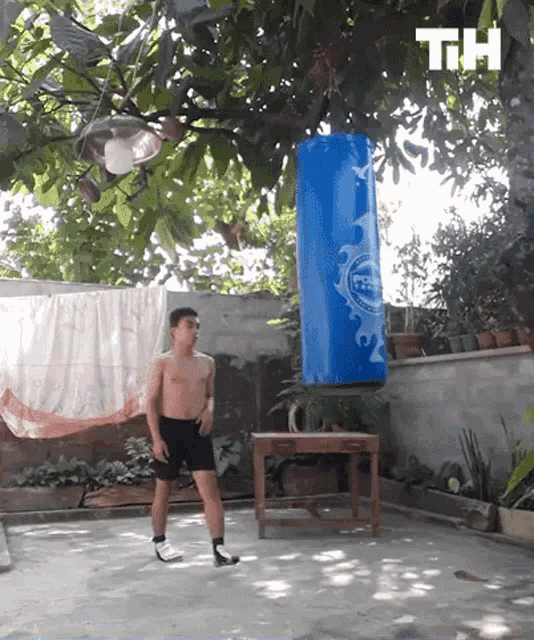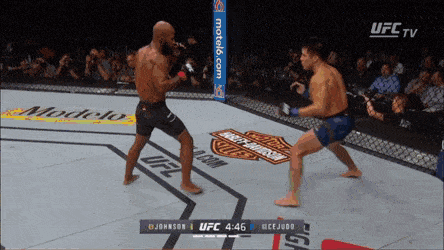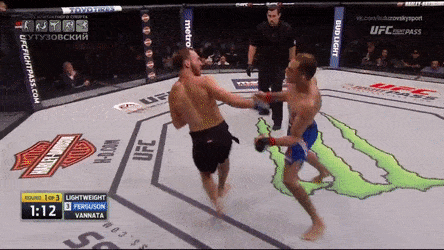
In both self-defense/combatives and combat sports, people often say if you want to avoid someone grabbing your leg or slipping and falling, kicking low or mid range is preferable than above the waist in a self defense situation or if one wants to avoid getting taken down.
I used to say this often too, there is nothing wrong with thinking this, it’s almost seen as common knowledge.
I however want to challenge this concept.
Why? I’ll go over some things I observed that made me change my mind.
The issue of slipping and falling:

Assuming your body mechanics of the planted foot are the same for low, medium and high, your chances of slipping are roughly the same no matter what level your leg is at, especially if you’re following through with power. Yes in the beginning when learning kicks it’s easier to balance for a low kick than a high one, but if you practice and don’t kick beyond your flexibility, your grounding should not change. If you slip and fall, it’s probably something on the surface, which means you’ll fall from a low kick as well.
Recovery from the kick depends on your athleticism. Frankly I wouldn’t throw ANY kicks if being able to get up after a slip is something you’re worried about, regardless of how high your kick is. Any time you lift your leg off the ground you’re relying on one leg instead of two.
Wrestling, BJJ often have systems on how to get up when on the ground. My karate teacher Rick has an entire system to get up.
In MMA(Even when stomps/Knees to guys on the ground is allowed) fighters will slip and fall, and when that happens 90% of the time they are right back up, their opponent isn’t able to capitalize, or if the guy is a good guard player, they get grips and reverse position. When Shogun and Wanderlei Silva stomped guys heads into the ground, it usually was a calculated take down of some sort or grounding. When people slipped and fell with them, that usually wasn’t what did them in (though I would not suggest slipping and falling with experts in stomping heads is nothing to worry about, you should worry)
It sounds like I am minimizing slipping and falling to the ground, I’m not. I’m saying it’s not the end of the world, but more importantly, it’s not something that is good. But it’s not dependent on the height of your kick(assuming your not kicking past your natural mobility).
Grabbing the leg:
Like falling and slipping during a kick, this isn’t the end of the world either, but since it can be deliberately done, it’s a far more potent threat.
In my experience, a mid level kick aimed either at the groin/hips or at the midsection is EASIER to catch than a high kick. I noticed sparring with kickboxers and BJJ players that they would start grabbing my leg every time I kicked at the midsection. Hell even when I kicked at the hip or groin I found good fighters often could grab it.
Low kicks were better, less likely to be grabbed. But BJJ based MMA fighters ESPECIALLY were good at catching low kicks and going for take downs. Many have entire games centred around this concept. One dickhead I used to train with would do this especially.

Here the kick comes, and all Cejudo has to do is reach down to try and snatch it. At that range, it only goes wrong when the low is faked and then a high kick comes. But that would mean you’re willing to kick high.
(Yeah i’ve trained in context where groin kicks are allowed, assuming they are wearing protection and you’re not turning balls into paste.)
What surprisingly worked best to keep my leg from getting grabbed where head kicks, especially question mark kicks. Guys who were good at grabbing legs flying at them, struggled to catch my kick when I went for the head. Even if I didn’t land it, I could keep them off me, where any other kick would be grabbed.
It’s actually harder to grab a high kick at full speed than a medium or even low kick.
But it is not impossible.

Here a high kick is caught, the catch is still a threat. But a less likely one. To catch a high kick, a redirect or well timed absorption must be done. In the case of the GIF above, the guys leg dropped down instead of continuing momentum or retracting which made the grab easier.
For middle kicks? One just has to clamp the arm down, or clamp the knee and arm.


For low kicks, I could only find the Cejudo/DJ clip, but low kicks getting caught are more common than you would suspect.
Hope this helps you at the very least think about your tactics differently, even if you disagree with me.